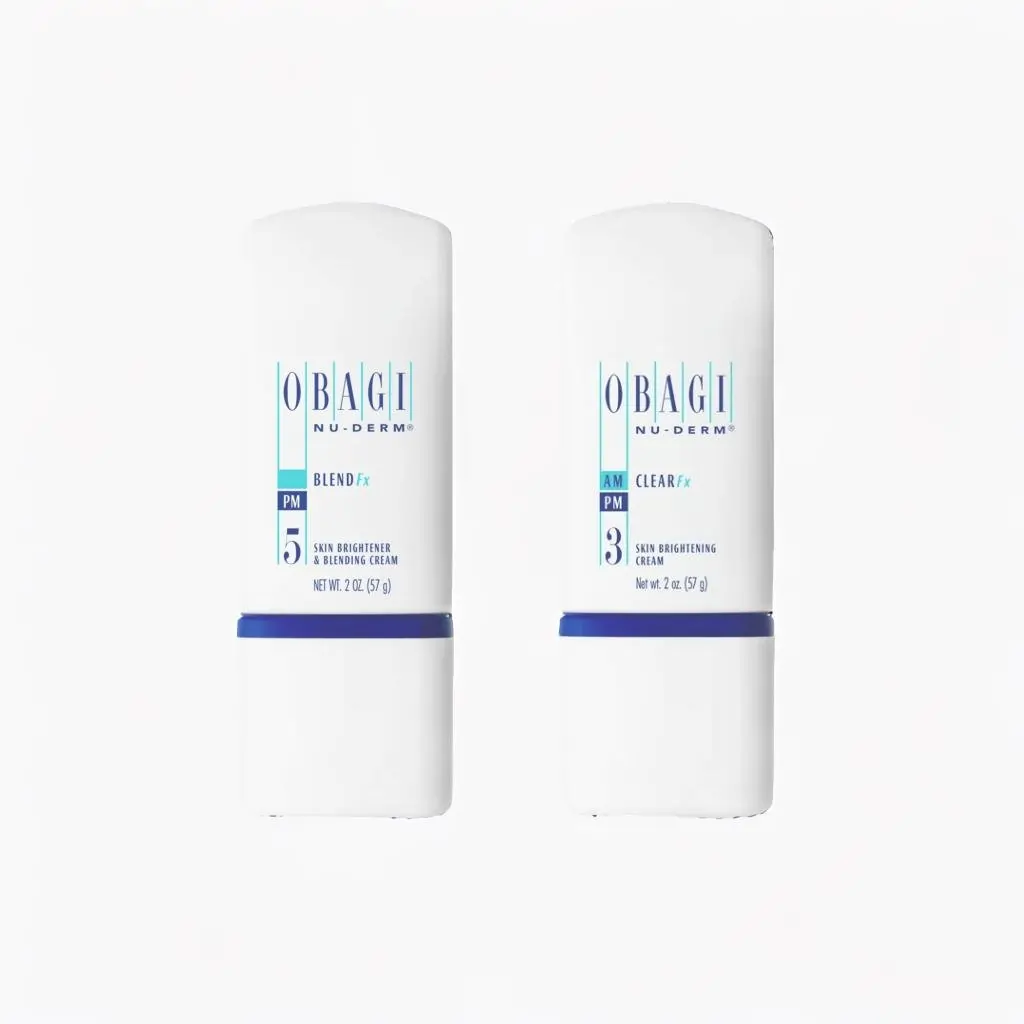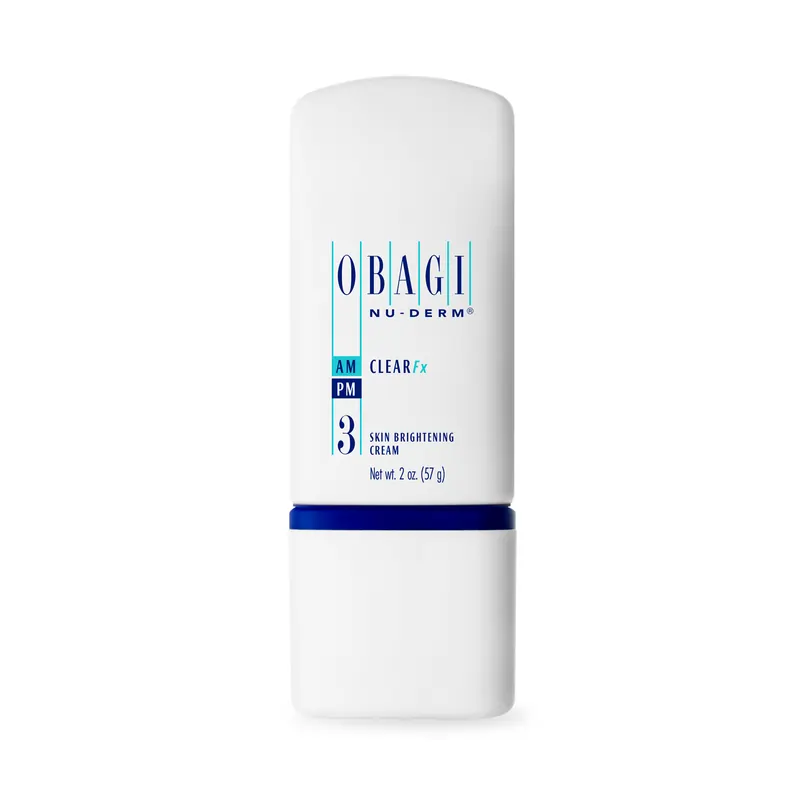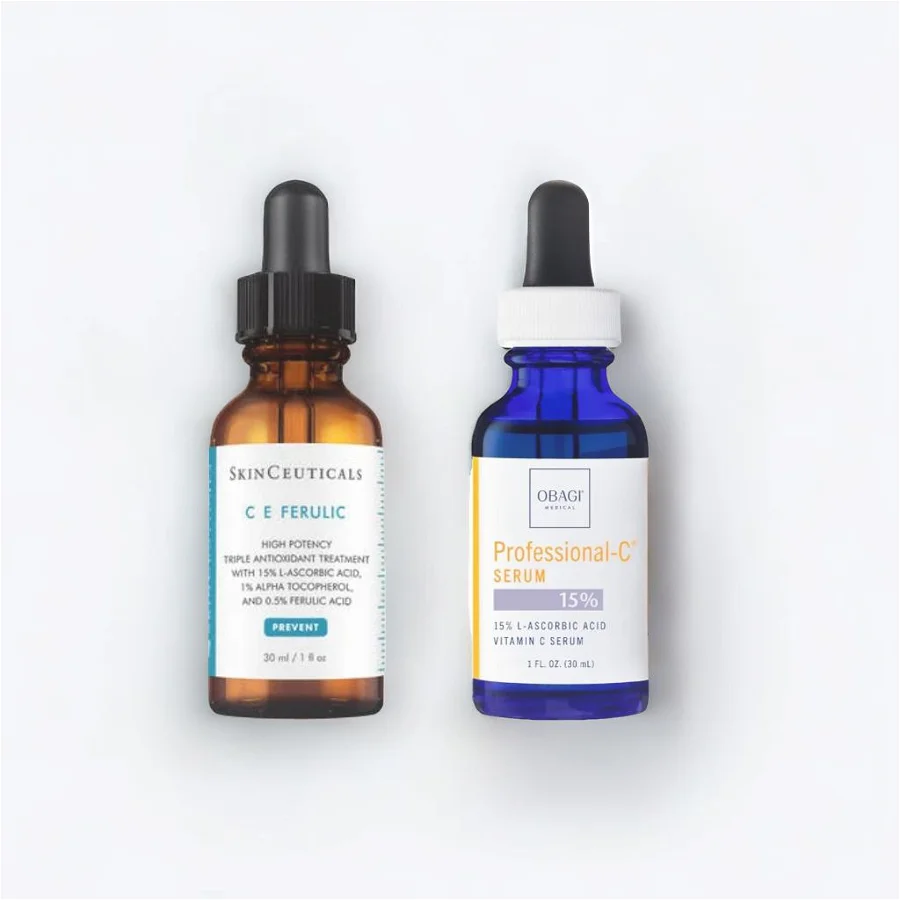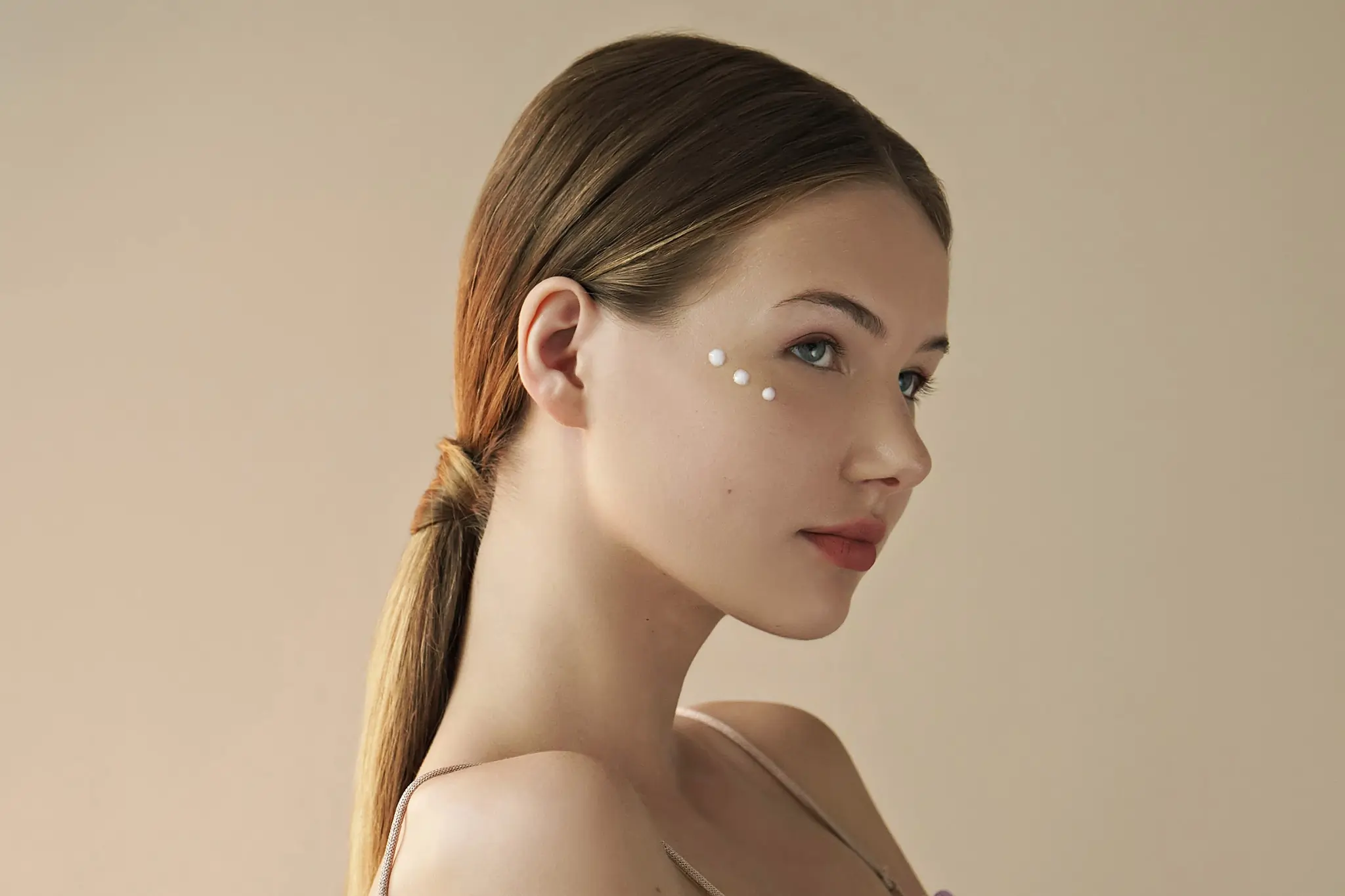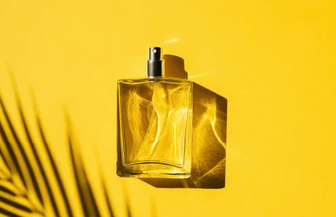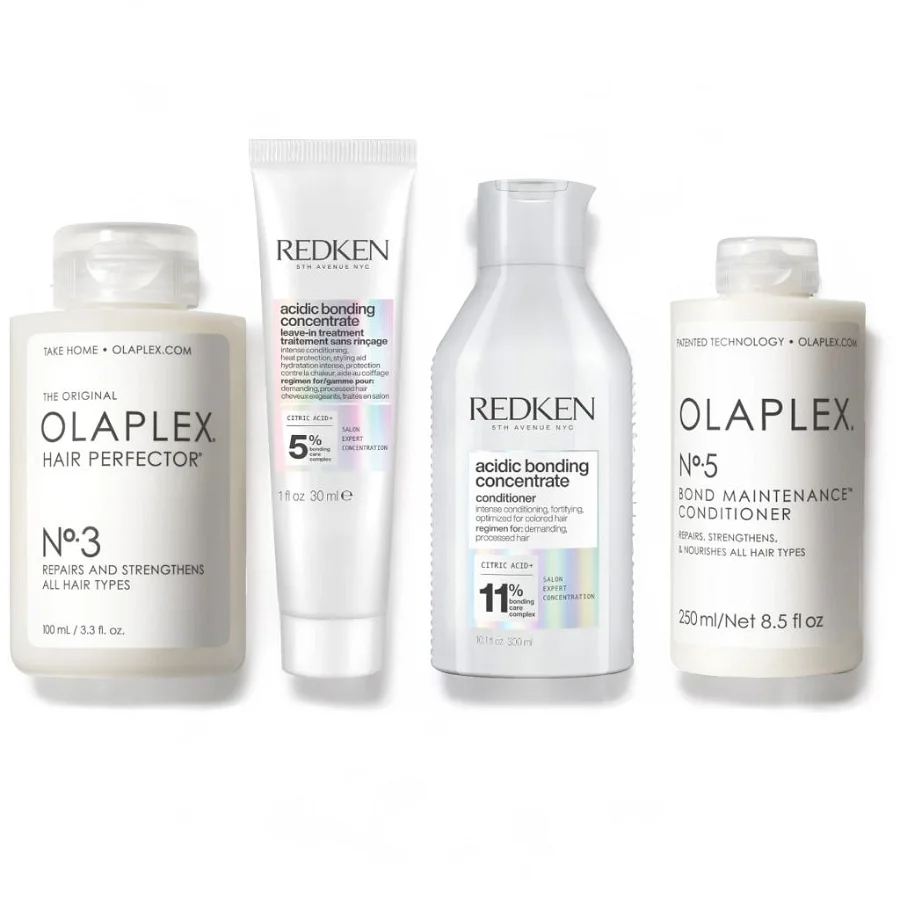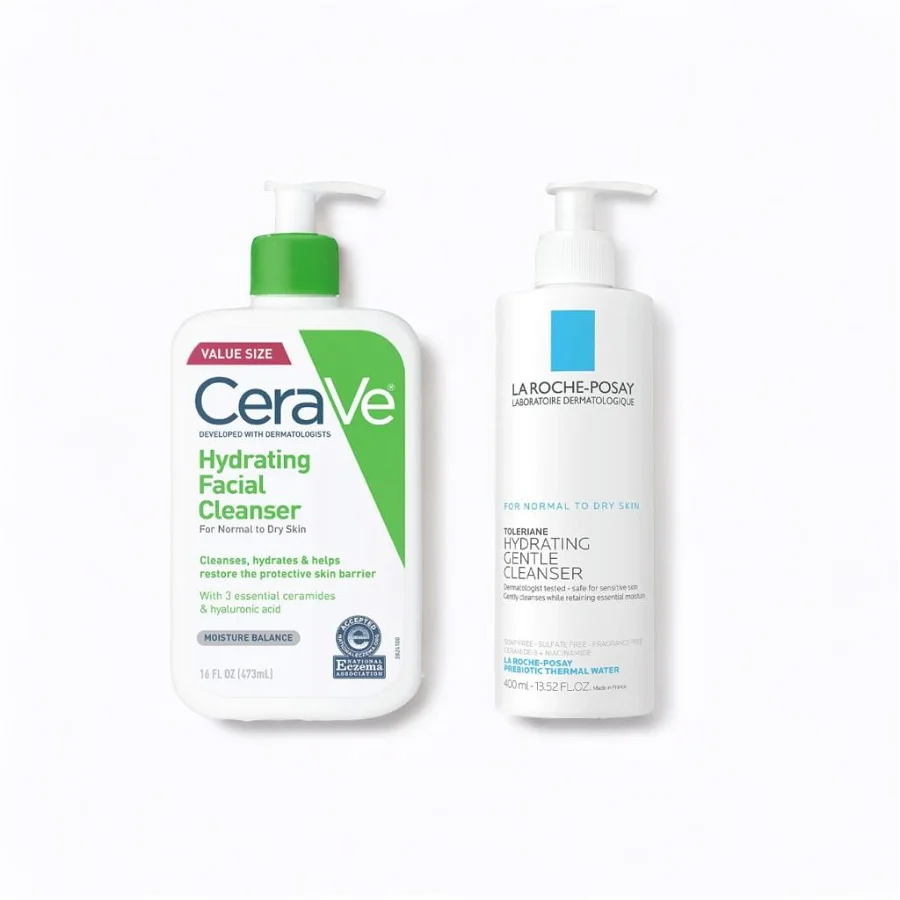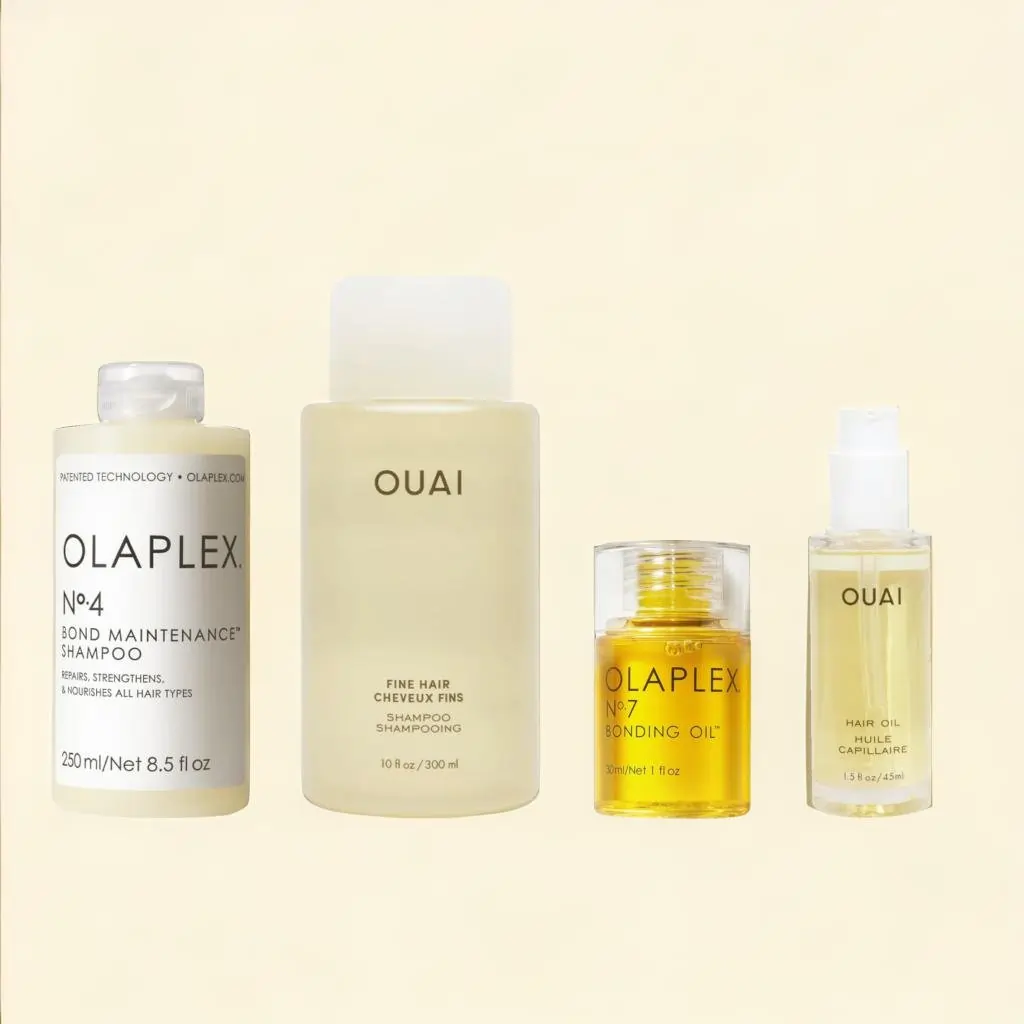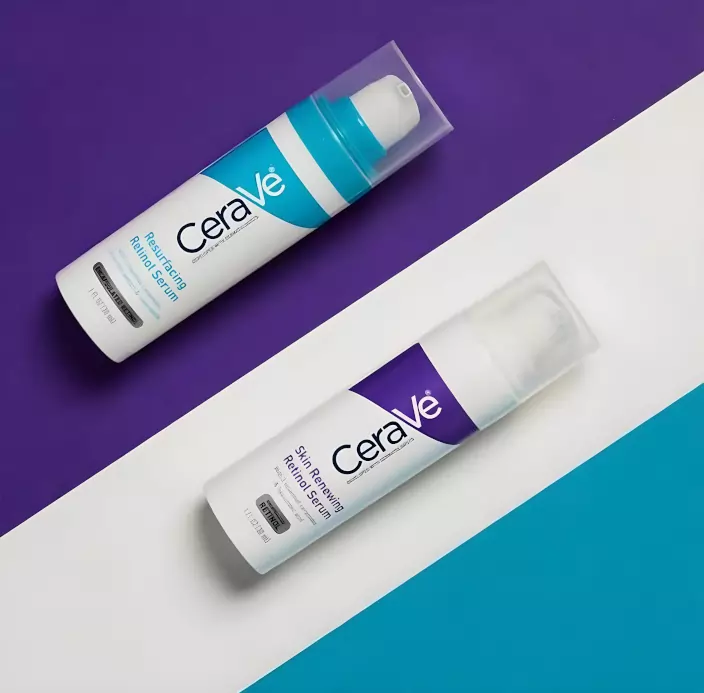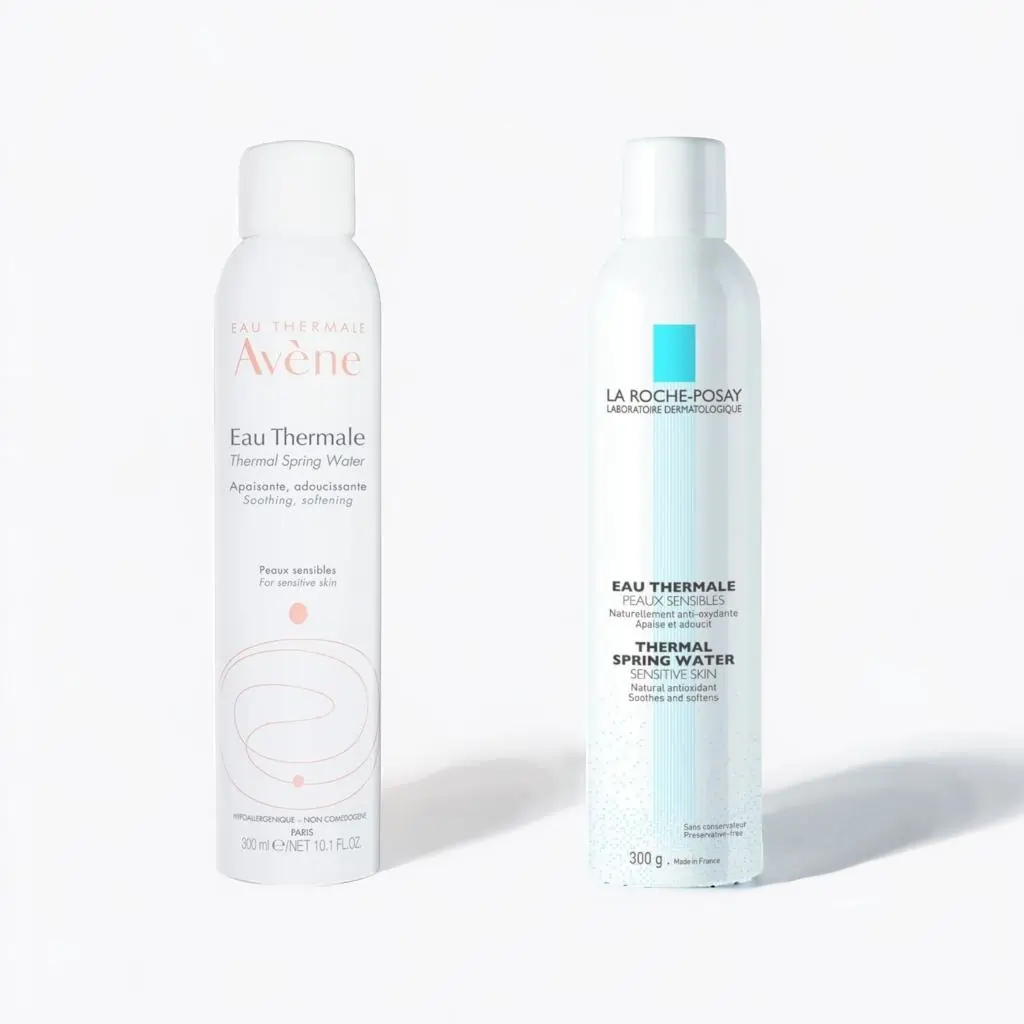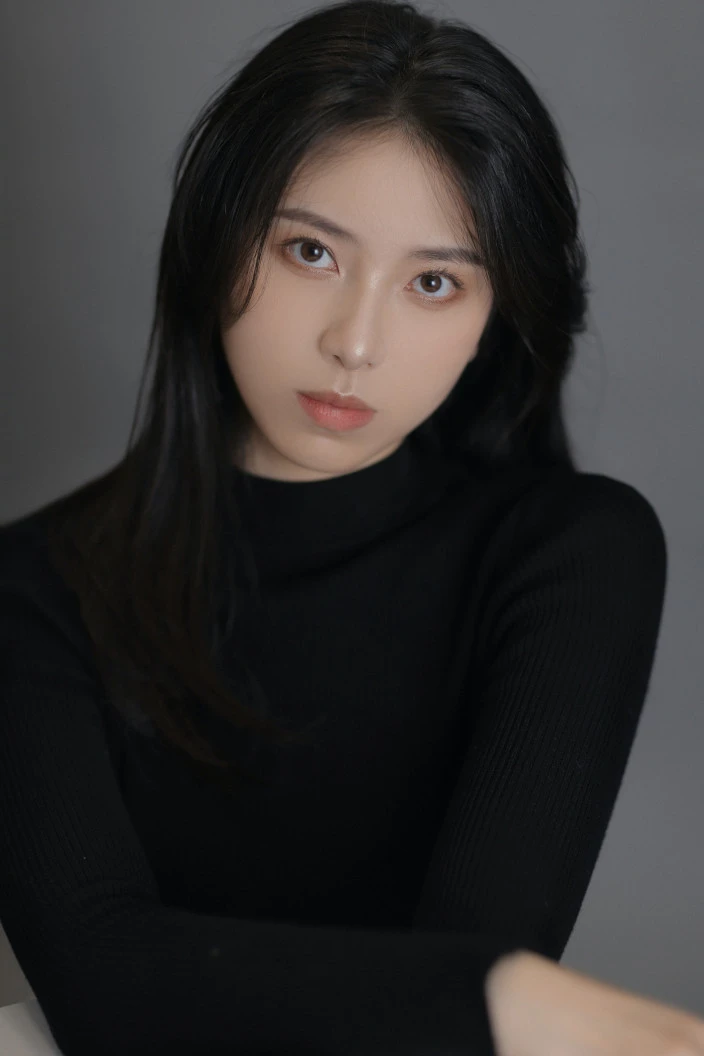
If you’ve ever spent “too much” time in the sun or popped a zit (let’s be honest—we’ve all done both), you’re likely familiar with the damage that either can inflict on your dermis. Excessive UVA and UVB exposure can result in sunspots, freckles, age spots, and so on. Meanwhile, acne can leave behind pesky dark spots that take eons to heal.
Enter: Obagi Nu-Derm Blender and Obagi Nu-Derm Clear, the answer(s) to your hyperpigmentation woes.
Obagi Blender vs Clear (Blend Fx vs Clear Fx)
Before we explain why this pair is about to be your skin’s potential savior, we’d be remiss to not mention that Obagi has been in the skincare game for over 30 years. That said, they’ve managed to perfect both their medical and clinical formulations for optimal results. Now, let’s take a closer look at Obagi’s Clear and Blender.
Editor's Note: Obagi offers two "Nu Derm" ranges: Nu Derm (Rx), and Nu Derm Fx. The Rx system contains Hydroquinone, while the Fx system does not, instead using a natural skin-lightening compound known as Arbutin. The Rx system is only available via prescription, whereas Fx is available over-the-counter. In this article, we're comparing Blend Fx and Clear Fx (which are the Fx versions of Blender and Clear), though we'll be using the names interchangeably.
To state the obvious, both items are from the same brand, but more specifically, they’re from the same skincare management system. The seven-step Obagi Nu-Derm System features Blend Fx and Clear Fx, which play a significant role in brightening and improving uneven complexions. When used together—especially with the rest of the system—they balance your skin’s pH level for second-to-none results.
The superstar ingredient for both Rx products (Clear & Blender) is Hydroquinone, which lightens skin by halting melanin production. Thus, it works to correct hyperpigmentation-related issues like dark spots, sunspots, and melasma. However, the OTC Fx products (Clear Fx and Blend Fx) feature Arbutin, a gentler—but less powerful—alternative.
Beyond Arbutin (or Hydroquinone, depending on which system you're looking at), there’s a slight deviation in the ingredient list for both. Though their formulae are nearly identical, Obagi Clear includes an ingredient called butylparaben, which Obagi Blender doesn’t have. This paraben acts as a preservative—but it’s unclear why butylparaben is needed in Clear, and not Blender.
Another key difference between the two is that Clear is meant for morning and evening use, but Blender is specified as an evening treatment only.
Obagi’s site doesn’t list the price for either Rx product since they’re both prescription-level products, but Obagi Clear Fx and Blend Fx will cost you ~$100 each.
If hyperpigmentation or unevenness are two of your main skin concerns, both Obagi Nu-Derm Clear and Obagi Nu-Derm Blender are worth considering for your skincare arsenal; the results and before-and-after photos plastered across the internet speak for themselves.
Regarding Obagi’s business ethics, though, it's important to note that Obagi is not a cruelty-free company, nor are their products vegan (though they do have some vegan options). Also, if you happen to have a sodium metabisulfite allergy, then you should steer clear of both products.
So, if you’re looking for more ethical and sensitive formulas to fade hyperpigmentation, they do exist. But if you do choose Obagi, we think you’ll be thrilled with the results.
